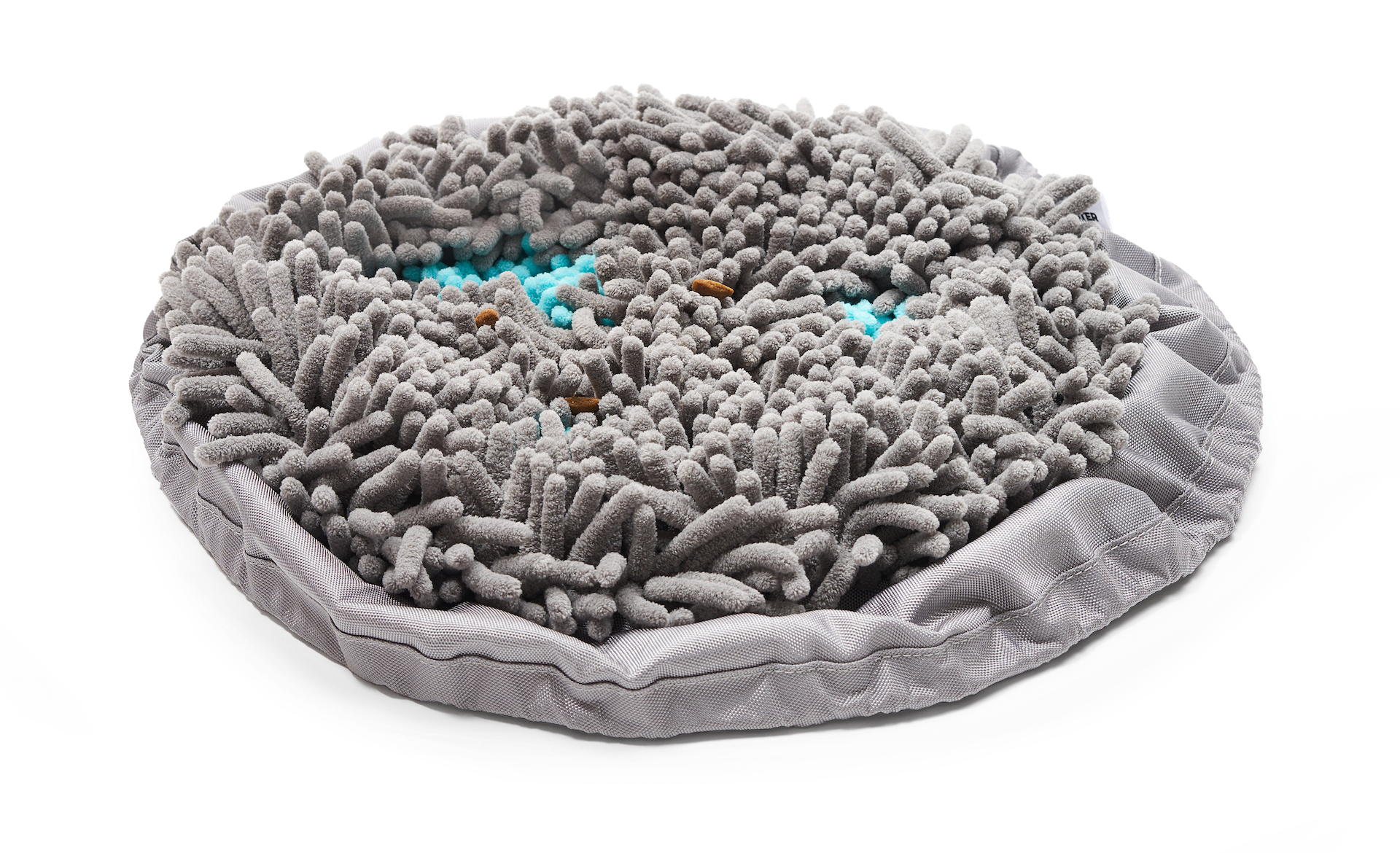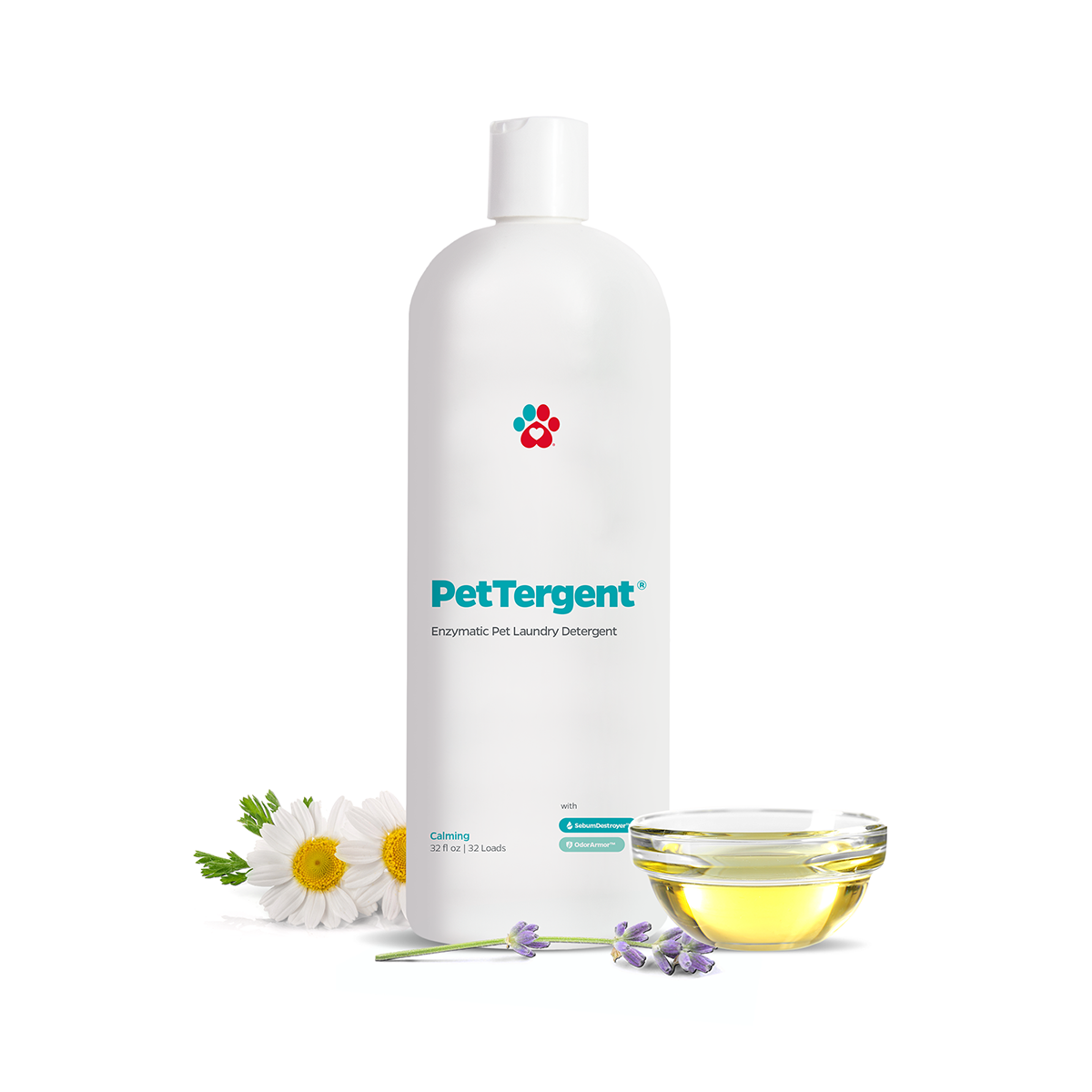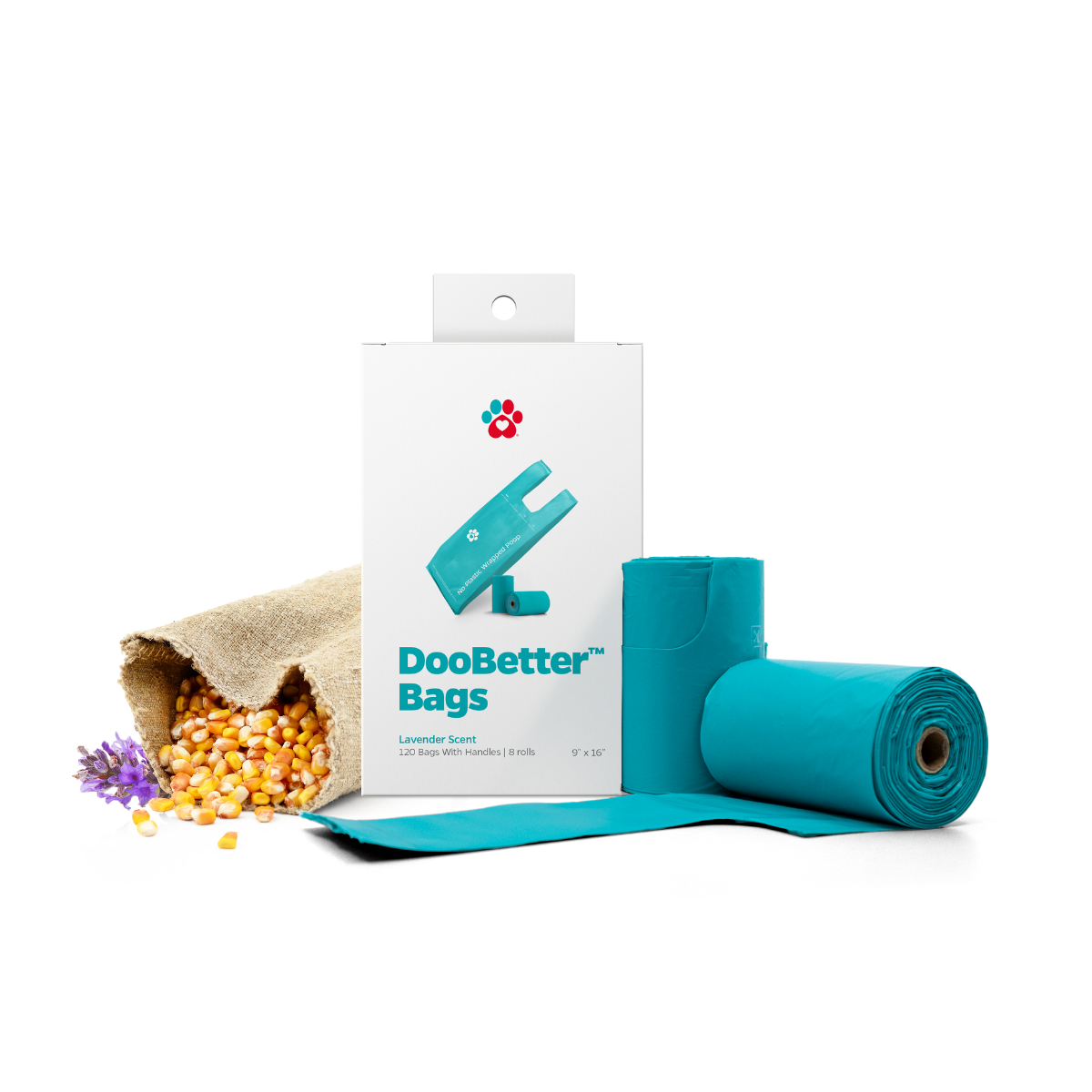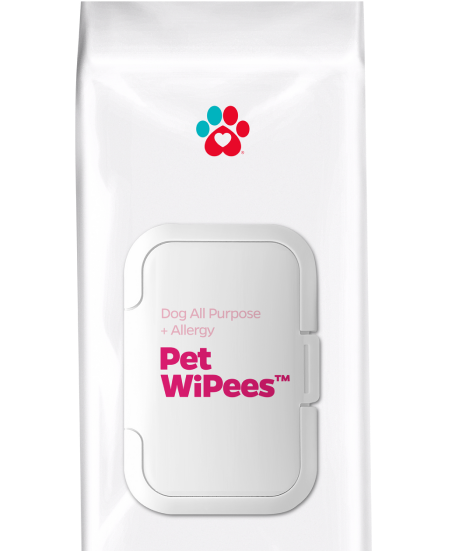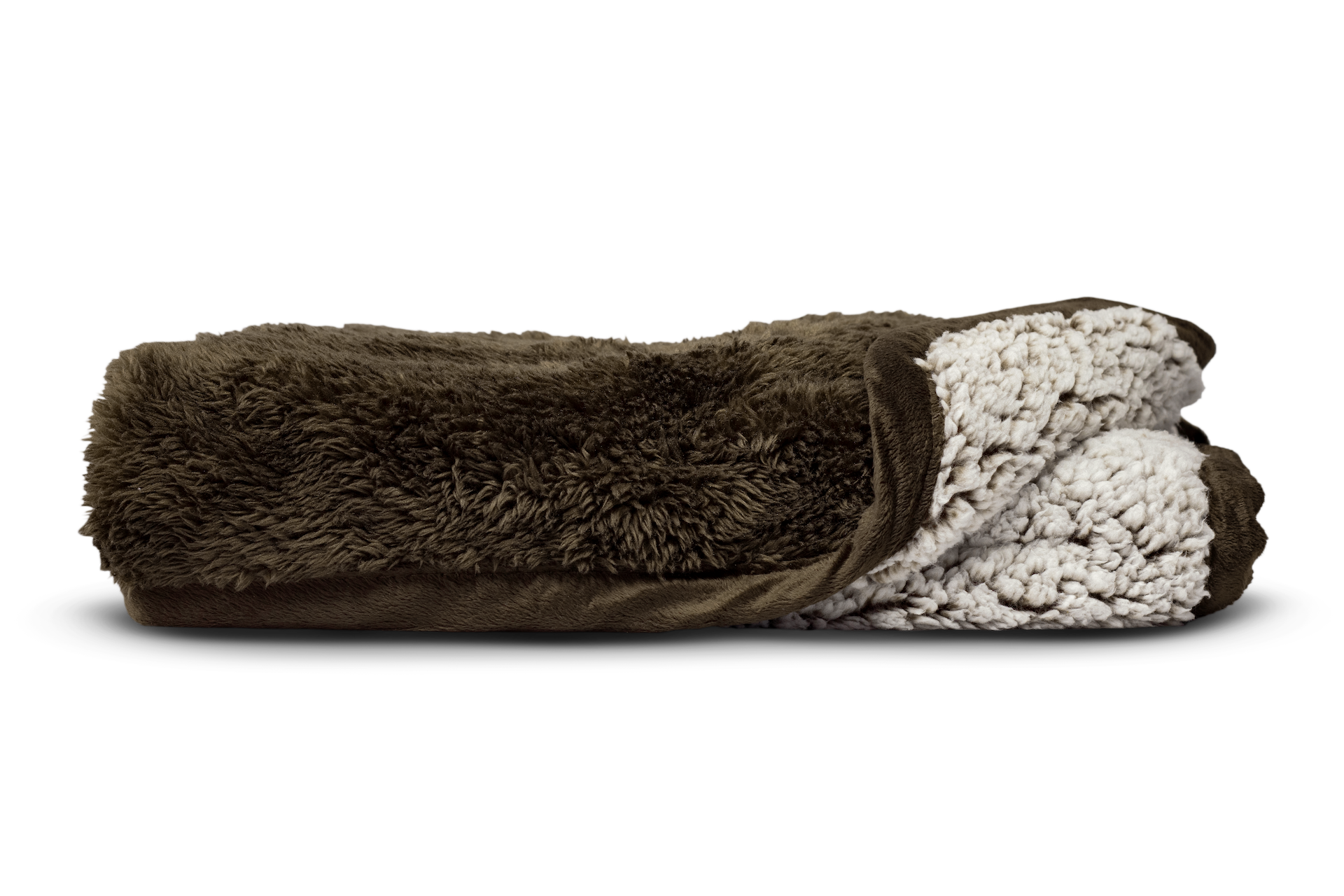Can all dogs swim? You may have heard that all dogs can swim, but is it true? Many people think that all dogs can naturally swim. This is not true. All dogs are different and although it may shock some pet parents, not all dogs can swim. Depending on what your dog’s breed is, you may find that getting your dog swimming to be quite challenging.
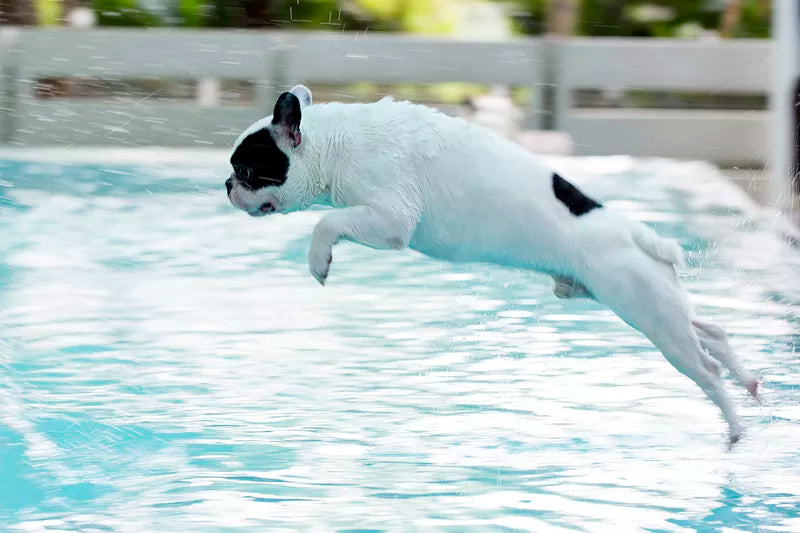
Not Every Dog is A Swimming Dog
Can all dogs swim? No, not every dog is a swimmer. Some dog breeds that know how to swim the moment they set foot in water were specifically bred for water jobs, according to Michele Godlevski, NADD Dock Diving Judge, Certified Canine Behavior Consultant, and owner of Teamworks Dog Training.
These dogs have exceptional physical features to be excellent swimmers and most will love nothing more than playing in the water. These dog breeds include the following:
- Labrador Retriever: bred to retrieve waterfowl, particularly in difficult situations
- Newfoundland: bred to be a water rescue dog
- Portuguese Water Dog: bred to “herd” fish into the nets, as well as to swim out and retrieve broken nets and lost equipment
On the other hand, though some dogs will try to paddle themselves when swimming, some just could not keep themselves afloat.
- These are mostly short-muzzled dogs (brachycephalic) who are prone to getting tired easily and are known to suffer from various respiratory problems such as the Bulldogs
- Dogs with deep chests but small hindquarters such as the Dachshunds
- Dogs with short legs such as the Corgis where their tiny legs cannot supply them with enough power to stay afloat.
These dogs will need a flotation device in order to participate in dog swimming activities. Having a dog swim is an excellent form of exercise and fun for you and your dog when done properly. It can even help with joint pain. But, before you head out, learn swimming safety for dogs.
DOG SWIMMING SAFETY
Though swimming is a fun activity for your dog, it can also be life-threatening if the proper dog swimming safety precautions are taken for granted.
"All dogs are different and although it may shock some pet parents, not all dogs can swim."
A Dog Life Jacket Is a Good Idea
Whether or not your dog is a master of swimming, a dog life jacket is always a good idea. Dog life jackets, dog swim vest, floaties for dogs, and other flotation devices help your dog swim. These hold dogs in a horizontal swimming position and enable them to use all their four legs to move in the water, helping them to have more fun. These also prevent your dog from drowning.
Look for a dog life jacket that is made from long-lasting, water-proof materials. It is also very important to make sure that the dog life jacket is a perfect fit for your furbaby—not too tight, not too loose. Ensure that the dog life jacket has a handle where you can easily pull your dog out of the water if you see them having difficulties. Opt for brightly or neon-colored fabric for easy sighting and do not forget to consider reflective trim if you plan on going swimming at night or in large areas, like a beach.
Tossing Is a Big No!
Never ever toss your dog in the water and just let them discover how to swim independently. Even if your furbaby is an excellent swimmer, tossing is a big no. This can disorient your dog and cause even a dog who loves to swim to panic and sink.
Water Temperature Check
When out for a swim, see to it to check the water temperature first. A safe swim for dogs requires the water added to the air temperature to be at least 100 degrees Fahrenheit. If the water is too warm, it may cause your dog to overheat. If the water is too cold, it may cause hypothermia or frostbite. Too cold water temperatures may also risk your dog from cold tail, also known as a swimmer’s tail. This condition is when the tail will hang down and your furbaby will no longer have the ability to lift it up or wag it.
Learn Dog CPR
Learn how to perform dog CPR before taking your dog swimming. Learning how to properly do chest compressions and mouth-to-nose resuscitation to a dog can definitely save a dog’s life!
Water Intoxication in Dogs Precaution
Water intoxication in dogs, according to the Centennial Animal Hospital, is a rare but fatal condition. This happens when your dog ingests a lot of water quickly. This may be caused when a dog is suddenly tossed into the water, or when they love to dive and retrieve items and toys in the water.
Ingesting large quantities of water suddenly will result in the loss of sodium in the body. Sodium is a significant electrolyte that aids in controlling the amount of water in and around the body’s cells. When this happens, the cells in your dog’s body, as it tries to rebalance itself, will begin to fill themselves with water and swell. If the cells are swelling, they will easily be able to cause harm to the central nervous system. Symptoms of water intoxication in dogs may include glazed eyes, bloating, vomiting, loss of coordination, breathing difficulties, seizures, and coma.
Note that water intoxication in dogs happens in a blink of an eye. If your furbaby exhibits any of the signs mentioned, pull them out of the water and seek veterinary care immediately.

Begin in Shallow Water
Even if you trust your dog to know how to swim, start in shallow water. Have your dog explore the water first in the shallow area and stay close. Gradually move into deeper water with positive reinforcement and praise. If your dog becomes anxious in the deeper part, move back to shallower water or to dry land. Keep them calm first and observe if they still want to swim again. If they do not want to go anymore, do not force them in. Swimming should be a fun activity for dogs!
You can also look up dog swimming pools near you to practice with your dog in a low-stress environment. Teaching your dog swimming in a dog swimming pool helps you keep control and saftey.
Supervision Is a Must for Dog Swimming
Whether you are around a dog swimming pool, ocean, lake, or any body of water, always supervise your dog. There is always the possibility that they could get themselves in dangerous situations like drowning. Here are some additional tips for a safe swimming activity with your dog:
Dog swimming pool tips:
- Keep your dog in their crate or put a fence around the pool to keep them out when it is not yet time to swim.
- Make sure there are steps or a ramp your furbaby can use to get out.
- Teach your furbaby how to get in and how to get out of the pool. So in case they fall accidentally into the pool, they will undoubtedly know how to climb out.
- Check the pool’s water temperature before you allow them to take a dip.
Dog swimming beach tips:
- Stay away from riptides and strong currents.
- Do not let your dog drink sea water as this can cause vomiting and diarrhea. Bring your own water instead to keep them hydrated all throughout.
- If there are any fish that have been washed ashore, keep your furbaby at a distance. Ingesting them may make your dog sick.
Swimming at lake, river, or pond tips:
- Watch out for any algae that are blue-green in color. This can make your dog sick.
- Keep them away from any fishing devices in the area. Hooks and barbs are sharp and may hurt them.
- Check the current of the river to ensure it is not too stron.
AFTER SWIMMING DOG CARE
Here are some dog after swimming care to make sure your furbaby still stays safe after a fun day of swimming.
Rinse Their Coat or Give a Bath
Rinse your dog immediately after swimming. Chlorine, salt, seawater minerals, algae, chemicals, debris, etc. can cause dryness and can irritate your dog’s skin and coat. If you do is swimming in cleaner water, you might opt to give them a quick rise down and wipe them off with dog wipes, rather than giving them a full bath.
Pet Parents® Pet WiPees™ Dog All Purpose + Skin & Coat Wipes and Pet WiPees™ Dog All Purpose + Allergy Wipes are able to provide an all-over clean to your dog, rather than going for a full bath. These pet wipes are hypoallergenic NatureTuff™ wipes that include 90%+ bio-based ingredients that we list on every wipe, so there are no hidden ingredients that may harm your furbaby. Our textured wipes are large and thick, so that you can clean your furbaby easily and quickly. Plus, because the the enzyme blend, probiotic blend, and bio-based moisturizers, Pet WiPees™ don't just clean. They actually promote a healthier skin and coat with every wipe.
Clean Your Dog’s Ears
When swimming, it is impossible for your dog’s ears not to get wet. Moisture in the ears is an exceptional breeding ground for bacteria and yeast which may eventually cause dog ear infections. After swimming, dry and clean your dog's ears every time using pet wipes.
Pet Parents® Pet WiPees™ Ear Wipes are packed full of cerumenolytic agents and bacteria-managing ingredients to make sure ears stay clean. That's right! They don't just clean dog ears, they actually help them to stay clean. The moisturizers in Pet WiPees™ are made especially for itchy or inflamed ears, making sure furbabies of all ear sizes remain comfortable, happier, and healthier!
Pet Parents® Pet WiPees™ Ear Wipes include a FurFresh™ Deodorizer, a mineral-based deodorizer that binds malodor at the source. So, you don't have to deal with smelly dog ears after each swim (or ever)!
"You can look up dog swimming pools near you to practice with your dog in a low-stress environment. "
Let Your Dog Relax
A dog swimming can get very tired. They are working their muscles! So, after swimming, it is important to provide your dog with some time to relax. You can place a Pawtect® Pad or Pawtect® Blanket over your car seat or furniture to provide a waterproof barrier that your dog can lay on.
Can all dogs swim? No, not all dogs can swim. But there are always ways where you can help your dog to learn how to swim safely. There might be a lot to take into consideration when taking your dog for a dip whether it is in a dog swimming pool or a natural body of water. But, these dogs swimming safety precautions and care tips will allow you and your dog to have more fun and enjoy being in the water together.

